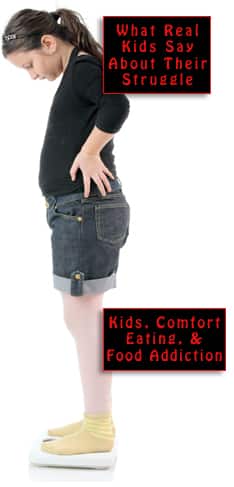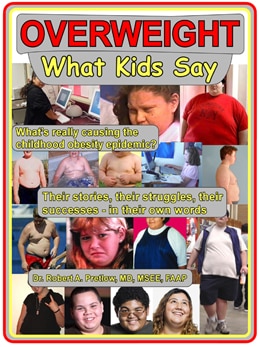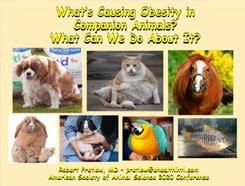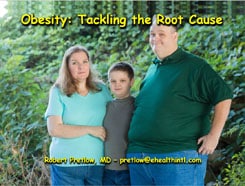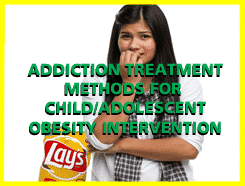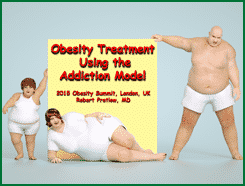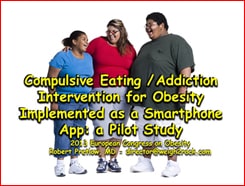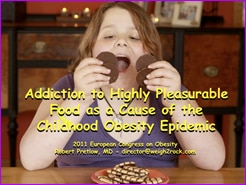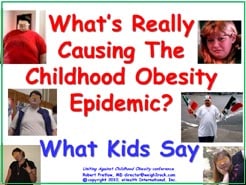Coronavirus Chronicles — Grade School Daze

The American Rescue Plan provides $130 billion to make schools safe, and authorities emphasize that there is great concern for children who are particularly vulnerable to COVID-19. We know what that means: Children whose lives are dominated by obesity, poverty, minority status, or any combination of those.
Volume 1 of the Department of Education’s COVID-19 Handbook, published in February, provided grades K through 12 with instructions in five crucial areas — masks; physical distancing; hand-washing and respiratory etiquette; and contact tracing. Those are matters of individual participation and responsibility.
The last element, providing a healthful indoor environment through proper ventilation and other means, is usually not within the purview of parents, teachers, or most staff. In this case, the grownups might want to educate themselves about such matters, and insist on having their voices heard before decisions are made. Learning about this stuff is not enjoyable, but being blindsided by it is even less fun.
It is both a health issue and a financial issue. If everyone is breathing the same recirculated air all day, there may be little point in paying for the daily disinfection of chairs.
Just breathe
But what about places where winter lasts for months? If air is constantly brought in from outdoors, does everyone just freeze, or what? Do the students have to wear their gloves all day? What about places that might have battled hard to get air conditioning? Will they have to go back to trying to learn in sweltering heat? How can air be exchanged six times per hour, while maintaining enough warmth or coolness to avoid everyone feeling too uncomfortable to do their jobs?
How much does it cost to run a climate control system where safety from a virus must take priority over the inhabitants’ comfort? Might the coronavirus revolutionize the HVAC industry? All these questions will be settled by trial and error. Parents might want to get ready to hear the answers.
The Department of Education recently released Volume 2, showing schools how to get the most bang for their buck, and also addressing the other important matters:
[T]he Department is encouraging communities to implement strategies that address the social, emotional, and mental-health needs of students, including the disproportionate toll COVID-19 has had on underserved communities, and address inequities in our education system that predate and have been made worse by the pandemic.
Recommendations have been made not only by school authorities, but by organizations that support education, civil rights, and research. A goal is to make sure students have everything they need in order to accomplish learning, including adequate nutrition and necessary technological support, as well as resources to address their social, emotional, and mental health issues. The needs of educators and school staff members, to maintain their social, emotional, and mental health, are also taken into account.
Your responses and feedback are welcome!
Source: “U.S. Department of Education Releases “COVID-19 Handbook, Volume 2: Roadmap to Reopening Safely and Meeting All Students’ Needs,” Ed.gov, 04/09/21
Image by Pat Hartman










 FAQs and Media Requests:
FAQs and Media Requests: 